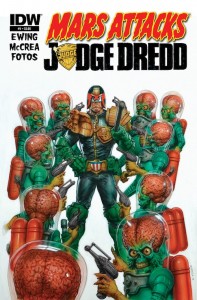 Just in case you hadn’t heard for quite a while now IDW have been doing some pretty amazing comics featuring two very disparate characters or franchises, with Mars Attacks Judge Dredd the latest. It’s the first time Judge Dredd has had a cross-over with another character since 2002 and it’s a fun little story that’s slated as a mini-series.
Just in case you hadn’t heard for quite a while now IDW have been doing some pretty amazing comics featuring two very disparate characters or franchises, with Mars Attacks Judge Dredd the latest. It’s the first time Judge Dredd has had a cross-over with another character since 2002 and it’s a fun little story that’s slated as a mini-series.
I won’t go into the story details too much except to say that Judge Dredd is in a different area of Mega-City One (the North Sectors) than he regularly works in, and is on a solo hunt. During this hunt he comes across the Martians and the fun starts from there.
John McCrea’s art is very much in the Dredd style you’d expect and Jay Fotos’ colours back the art up very nicely – both do a great job with the Martians.
In regards to Al Ewing’s writing, I initially struggled with the stereotypes exhibited in the opening scene with the Mega-Mafia meeting – it was all a little bit obvious to me. Then I reality checked myself: Dredd’s 2000AD origins were always based on larger than life stories with some pretty obvious humour, so what the hell could I expect Al Ewing to do any differently given the Martians are thrown in the mix. The Martians themselves don’t get a huge role in the opening issue but I have no doubt that changes.
Overall, I didn’t have any laugh out loud moments but there’s plenty of cheese in the story to keep you amused – the highlight for me was the name of a particular alley Dredd left two perps in for pickup. Mars Attacks Judge Dredd is a nice ride and I’m looking forward to seeing the full story play out.
And as an aside: I am so buying Greg Staples’ cover art (pictured) for issue #1 as a poster if it becomes available!

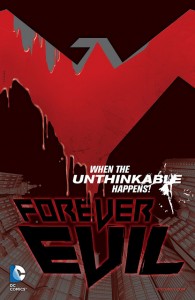
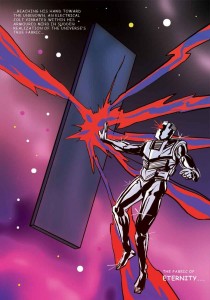
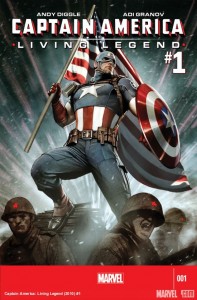
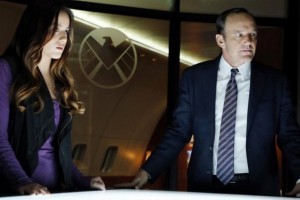
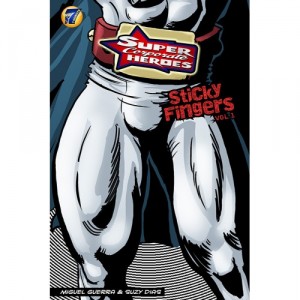
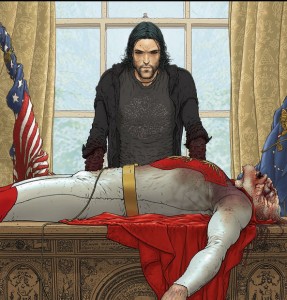

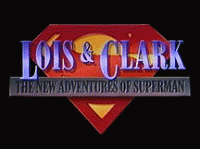

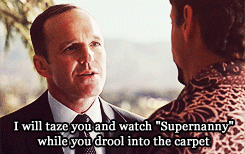
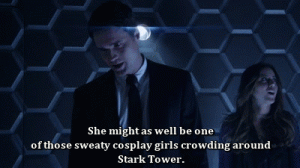
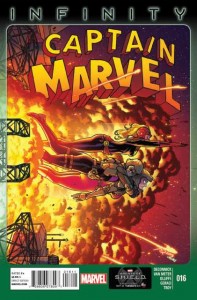
 RSS - Posts
RSS - Posts
Recent Comments